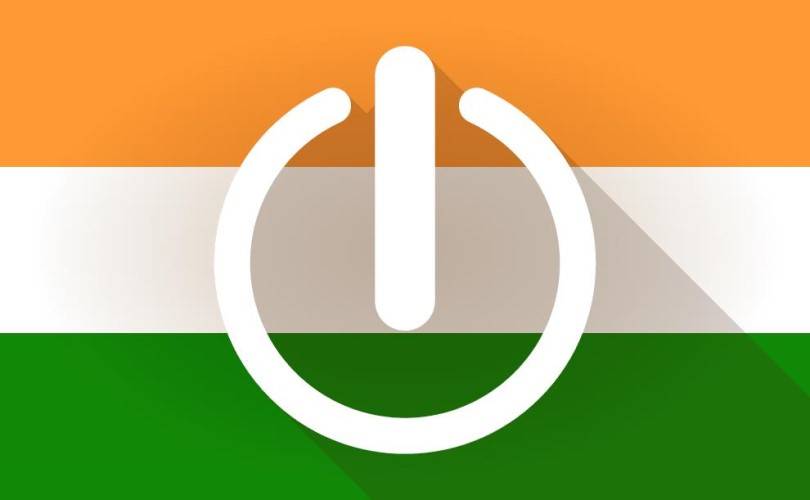
"In the decade since India launched its National Supercomputing Mission (NSM), the nation has commissioned 37 machines with a combined power of 39 petaFLOPS, with another 35-petaFLOPS hybrid due to come online later this year. But while plenty of those machines use locally developed technology, India is yet to deliver on its ambition to become a leader or major semiconductor player."
"More than 13,000 scholars can access the NSM's fleet, utilization rates sit at 85 to 95 percent, more than ten million workloads have run, and the fleet has helped to produce in excess of 1,500 peer-reviewed papers. India's supercomputing efforts are overseen by the Centre for Development of Advanced Computing (C-DAC), which in 2020 extended the nation's supercomputing ambitions by calling for the creation of locally developed exascale chip designs, design and manufacture of exascale server boards, exascale interconnects, and storage including silicon photonics."
India launched the National Supercomputing Mission (NSM) in 2015 to supply computing power for government and research. The NSM has commissioned 37 machines delivering 39 petaFLOPS, with a further 35-petaFLOPS hybrid due later this year. More than 13,000 scholars can access the fleet, utilization rates run 85–95 percent, over ten million workloads have executed, and the fleet has supported more than 1,500 peer-reviewed papers. The Centre for Development of Advanced Computing (C-DAC) broadened goals in 2020 to develop exascale chips, server boards, interconnects, and storage including silicon photonics, and reports indigenization above 50 percent. Rudra server designs power a third of the fleet and support Nvidia and AMD GPUs plus Intel and AMD CPUs. The AUM processor remains at least two years from completion.
Read at Theregister
Unable to calculate read time
Collection
[
|
...
]